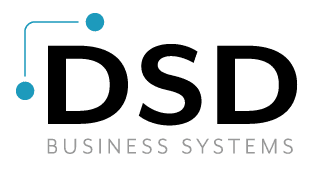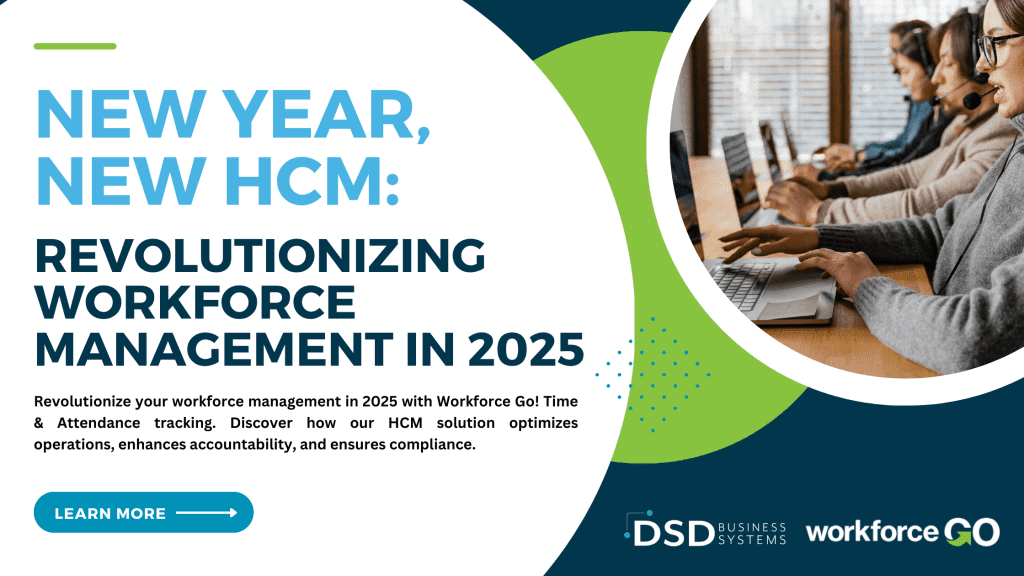Tips for a Smooth Year-End Accounting Close

As the end of the year rolls around, it’s time to begin thinking about closing out accounts. Although this can be a stressful time in accounting, with just a little organization and strategic planning, year-end close out can be much less of a hassle and headache. Here are some tips and resources to help in a smooth year-end accounting close with Sage 100 ERP.
Double Check Posting Records
The first step to making sure your year-end accounting close-out goes smoothly is making 100% certain that everything is posted in Sage as it needs to be. For example, although Sage doesn’t have any formal year-end processing procedures for bill of materials and work order modules, all these transactions should be entered and posted in Sage before you do any year-end processing for purchase orders, sales, and inventory. Of course, you will also want to check these other modules before processing them to be sure everything is posted there as well.
Perform a Backup
Once you know for certain that everything is posted in every module, perform a system-wide backup of your data. This is a crucial step that can potentially save huge amounts of stress down the road. Ensuring you have a complete and verified back-up of all your year’s data is essential before you begin any year-end accounting close procedures.
If there’s a mistake along the way and you need to reverse the closing process, the only way to do so is by restoring your data from a backup. Having a complete backup of your data on hand is also an important security measure that protects you against unexpected crashes and other potential disasters.
Reconcile Accounts
Another important step that will help your year-end close-out process go smoothly is reconciling all accounts before closing out. For example, running the General Ledger Detail and General Ledger Analysis reports before your year-end processing will let you check for any discrepancies in the General Ledger that need to be reconciled. You can then cross-reference these amounts with other accounts and make the necessary adjustments to be certain that everything balances.
Here is a partial list of the reports we suggest running in each module before your year-end close-out:
- Purchase Order Reports
- Open Purchase Order
- Purchases Clearing
- Receipt History
- Purchase History
- Sales Order Reports
- Open Sales Order
- Customer Sales History
- Monthly Recap
- Inventory Management Reports
- Stock Status
- Negative Tier Reports
- Accounts Payable Reports
- Aged Invoice
- Vendor Purchase Analysis
- Monthly Purchase
- Check History
- Payroll Reports
- Quarterly Tax
- Payroll Check History
- Quarterly Pay Period Recap
- Deductions
Again, this is only a partial list of the many reports you can and should run in Sage before starting closing procedures. Although the reports take time to run, they provide valuable information that will aid in reconciling all your accounts, which means avoiding discrepancies you would have to go back and correct with another close-out.
Close Modules (In a Set Sequence)
Once you’ve verified that everything is posted, backed up, and all accounts are reconciled, it’s time to start closing out the different modules. To maximize efficiency, close out your modules in the following recommended set sequence:
- System-wide back up
- Bill of Materials
- Work Order Processing
- Bar Code
- Purchase Order Processing
- Sales Order Processing
- Inventory Management
- Materials Requirements Planning
- Timecard
- Magnetic Media
- Payroll
- Accounts Receivable
- Accounts Payable
- Job Cost
- General Ledger
Your year-end accounting close-out doesn’t have to be one giant headache, and Sage 100 exists to make it as easy as possible. Follow our recommended tips and step-by-step plan and you’ll be successfully closed out for 2016 without any unnecessary hassles.
 Written by Melissa Secody, Accounting Manager at DSD Business Systems
Written by Melissa Secody, Accounting Manager at DSD Business Systems








